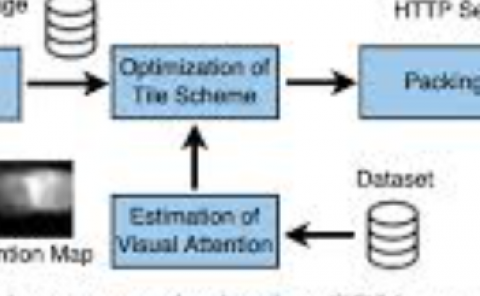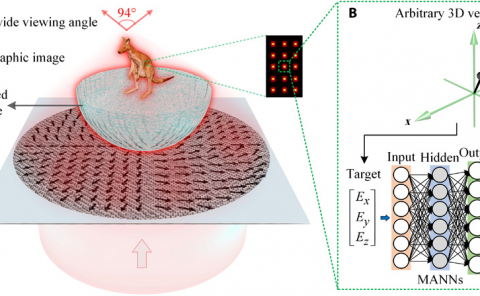A User-Oriented Approach to Space-Adaptive Augmentation: The Effects of Spatial Affordance on Narrative Experience in an Augmented Reality Detective Game
PubDate: May 2021
Teams: KAIST
Writers: Jae-eun Shin;Boram Yoon;Dooyoung Kim;Woontack Woo

Abstract
Space-adaptive algorithms aim to effectively align the virtual with the real to provide immersive user experiences for Augmented Reality(AR) content across various physical spaces. While such measures are reliant on real spatial features, efforts to understand those features from the user’s perspective and reflect them in designing adaptive augmented spaces have been lacking. For this, we compared factors of narrative experience in six spatial conditions during the gameplay of Fragments, a space-adaptive AR detective game. Configured by size and furniture layout, each condition afforded disparate degrees of traversability and visibility. Results show that whereas centered furniture clusters are suitable for higher presence in sufficiently large rooms, the same layout leads to lower narrative engagement. Based on our findings, we suggest guidelines that can enhance the effects of space adaptivity by considering how users perceive and navigate augmented space generated from different physical environments.


